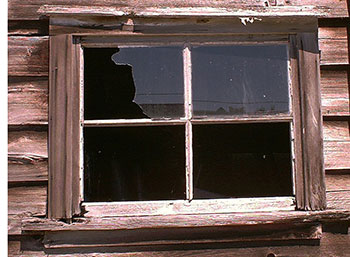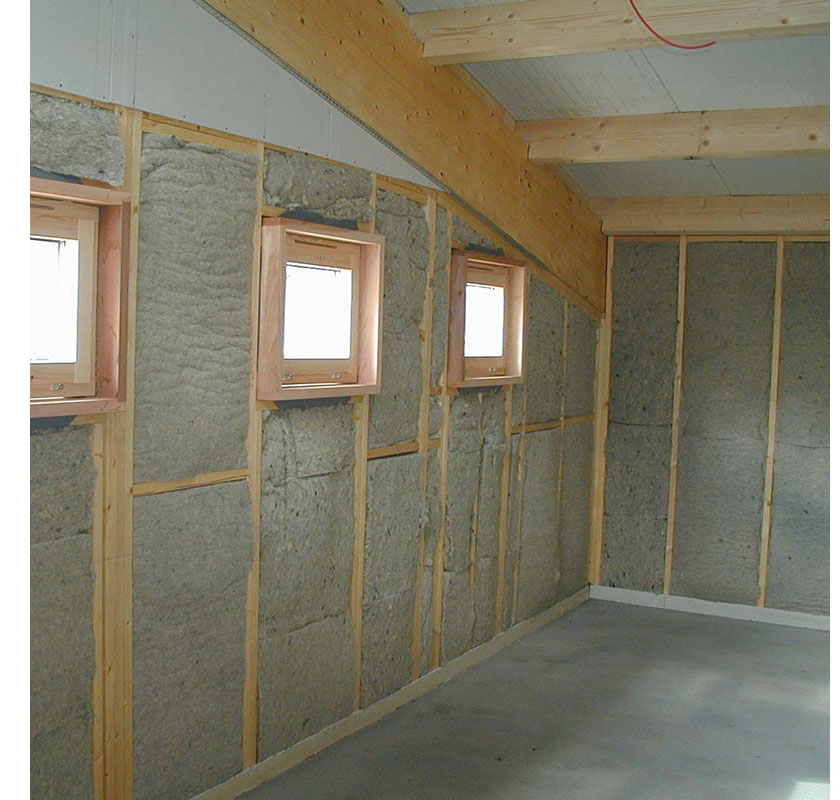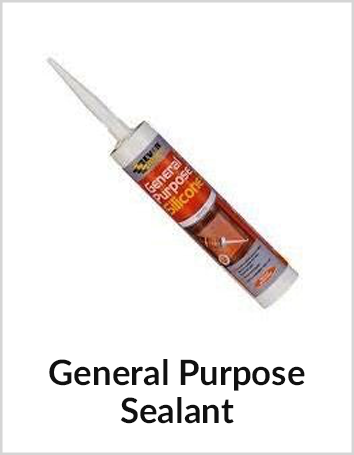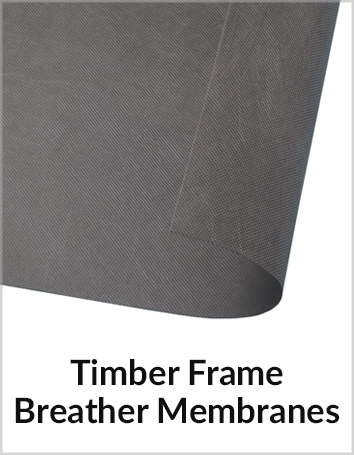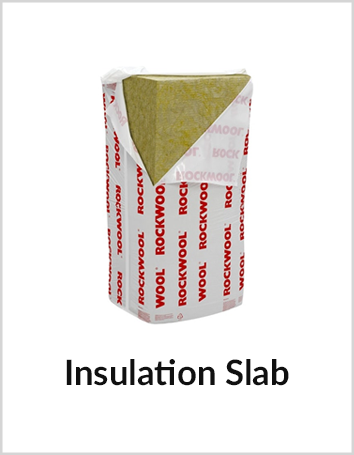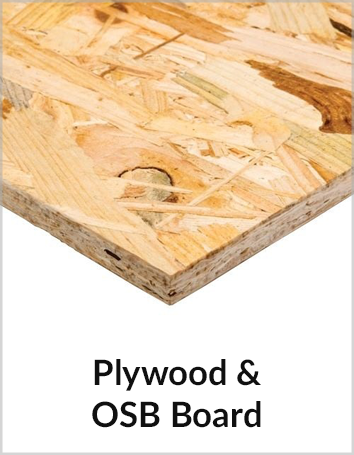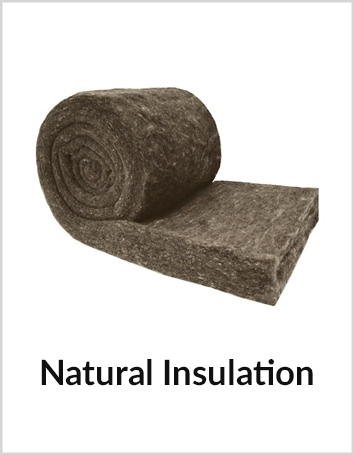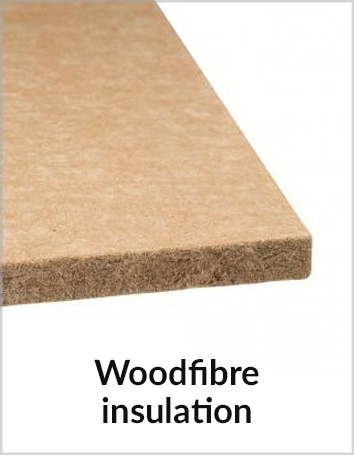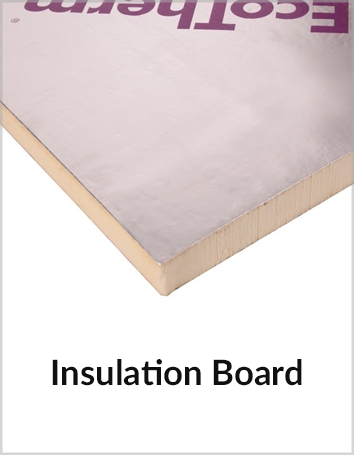Insulating a shed can be inexpensive but very effective at the same time. Shed insulation offers you a fantastic way to improve an additional space, that, without adequate insulation, could be too hot to use in the summer and too cold in the winter.
In our handy guide, we’ll help you understand some of the key considerations before you begin insulating your shed. We’ve also got some useful tips on different ways to insulate your shed as well as the various options of materials you can use to complete your project.
Read on to find out how to insulate a shed like a pro!
Table of contents:
- What do you need to know before you insulate a shed?
- How do you insulate a shed?
- Insulating a shed with natural insulation
- Insulating a shed floor
- How to make the most of your shed insulation project
- Final thoughts
What should you consider before insulating a shed?
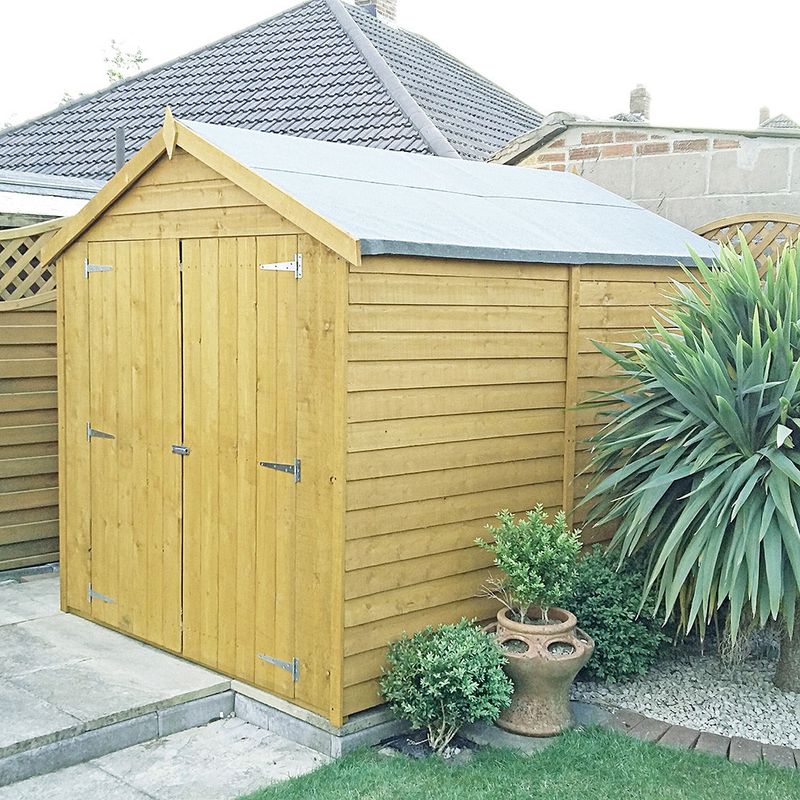
Below are four key questions that will affect the outcome of your shed insulation project. Answer them to the best detail you know, and you’ll be able to make an informed decision on what needs to be done to ensure your shed insulation is effective.
1. Are the windows and doors of the shed intact?
After years of use or a particularly stormy winter, sheds can be left in a state of disarray. So, it’s important to check that the windows and doors of the structure are intact before planning a shed insulation project. After all, there’s no point in insulating the structure if the windows are compromised, as the effect of the insulation will be automatically lost.
2. Are there any leaks in the roof or the floor?
Pay close attention to corners and overlaps of roofing or flooring materials to ensure no leaks are compromising the structure of the shed. If shed insulation becomes damp, it can spread mould and decay timber as well as negate any positive effect the insulation has on energy efficiency and warmth.
3. Are there any gaps in the cladding?
Seal gaps in the cladding of the shed with a moisture-resistant and weatherproof sealant. Just a standard tube from any builder or construction merchant should do the job. This will bolster the effect of the insulation and make sure that the shed is impervious to damp and condensation.
4. What is the shed being used for?
If you’re insulating a shed for use as a home office or cosy garden building, then it’s worth installing a breather membrane between the shed walls and the insulation to help with moisture. This is especially necessary if there is no other ventilation in the shed (e.g., a roof vent).
People naturally create moisture in the area they are in, so turning a shed into a home office or garden building without a breather membrane can result in a build-up of moisture which will create damp and condensation problems.
Our top tip for insulating a shed
Insulating a shed for use as a garden building or for other “warm” purposes revolves around the fundamental objective of enhancing the shed’s ability to retain heat effectively. This is crucial because a well-insulated shed not only provides a comfortable environment for activities but also helps in reducing energy costs associated with heating during colder months.
Here’s how you can achieve this:
How do I insulate a shed?
Most domestic sheds in the UK have stripped-back internal timber walls such as the ones below, minus the insulation slab. The exposed joists make it easy for DIYers to insulate as there are just a few steps and there’s little structural work needed. If the joists are an equal distance apart, then insulation slab is your best bet for insulating a shed.
Insulation slab can be friction-fit (pushed in to fit the width of the joists) with very little effort. What’s more, you don’t need to secure them, so it’s an easy one-person task.
Before doing this, though, you must consider installing a breather membrane suited to timber frame walls for ventilation. Install the breather membrane and then the insulation. Once the insulation is fit into the joists, all you need to do is fix OSB or plywood board over the insulation to hide it from view and finish off the project.
Insulating a shed with natural insulation
Insulating a shed is eco-friendly and environmentally conscious, but there are specific products you could use to make your project even greener. Naturally occurring insulation products like sheep’s wool insulation offer not only good thermal insulation properties but moisture-wicking properties too. You wouldn’t need to install a breather membrane with sheep’s wool insulation.
Natural insulation boards and insulation batts – such as wood fibre insulation – can also make insulating a shed greener. The sustainable wood boards can be cut to size to fit into the internal shed joists and the wood fibre insulation batts can be installed as friction-fit slabs.
Insulating a shed floor
Insulating a shed floor will always reduce the internal height of the shed as you must layer insulating products above the already existing floor. It’s worth doing though as a lot of heat will escape through the floor, especially in the winter months. To insulate a shed floor, you can lay a thin layer of insulation board and top it off with OSB or plywood to stabilise the floor surface and protect the insulation.
How to make the most of your shed insulation project
In addition to insulating your shed with the right type of material, there are several other steps you can take to significantly improve your shed’s ability to retain heat, and create a comfortable, energy-efficient space for various activities.
Let’s take a closer look at the main ones.
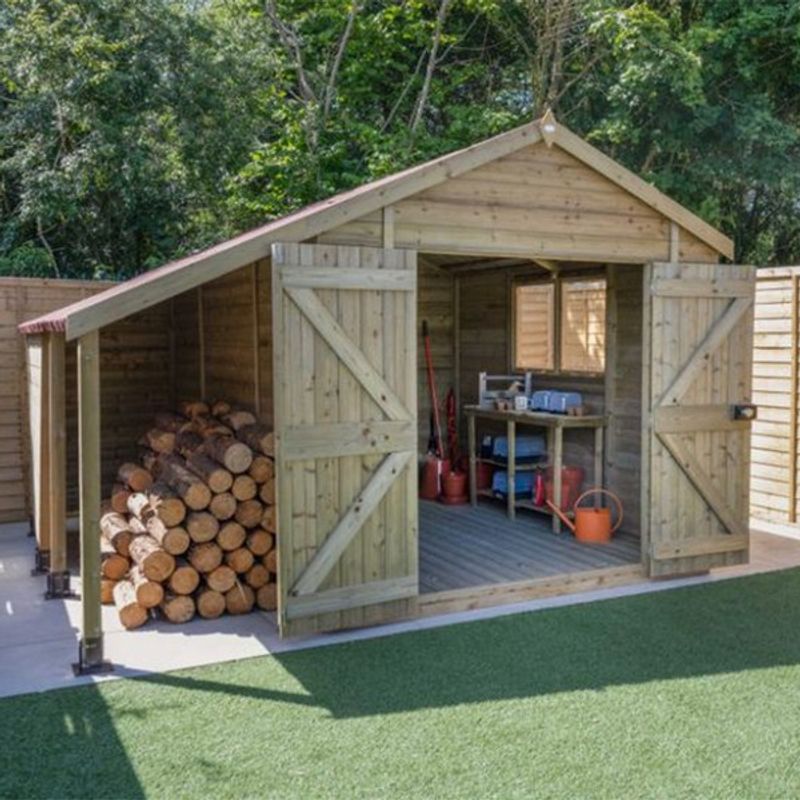
Optimise windows and doors
Windows and doors are common areas of heat loss in sheds. To make the most of your shed insulation project, consider upgrading to energy-efficient windows with double or triple glazing and properly insulated doors to minimise heat transfer.
Additionally, installing curtains or blinds can provide an extra layer of insulation and privacy when needed.
Improve ventilation
While the primary goal of shed insulation is to retain heat, adequate ventilation is also important to prevent moisture buildup and maintain air quality inside the shed. Incorporate passive ventilation systems such as vents or louvres to allow for airflow without compromising insulation effectiveness.
Utilise thermal mass
Thermal mass materials such as concrete, brick or stone can help stabilise indoor temperatures by absorbing and storing heat during the day and releasing it gradually at night. Incorporating these materials into the shed’s design can enhance its overall thermal performance.
Carry out regular maintenance and inspection
Insulation effectiveness can diminish over time due to wear and tear, moisture damage or pests. So, you’ll need to regularly inspect the shed for signs of damage or deterioration and address any issues promptly to ensure optimal insulation performance.
Final thoughts
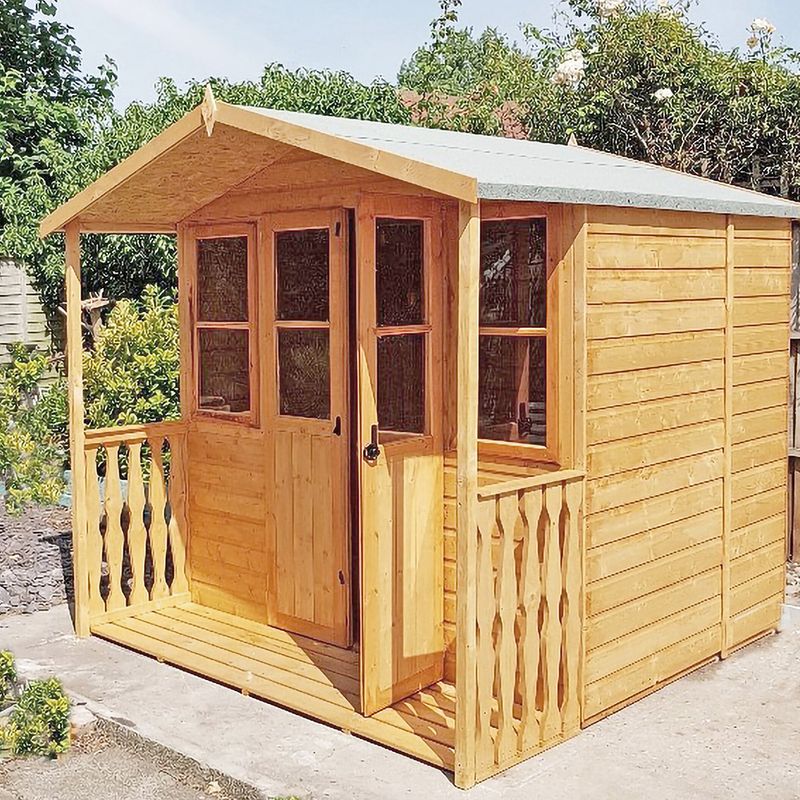
Insulating a shed offers numerous benefits, including enhanced thermal comfort, reduced energy costs and increased versatility of use.
By creating a barrier against heat loss, insulation helps maintain a stable and comfortable temperature inside the shed, making it suitable for year-round activities.
What’s more, a well-insulated shed can serve multiple purposes, from a cosy workshop or studio to a functional storage space, maximising its utility and value.
And now that you know how to insulate a shed and what factors you need to consider, you can take on the project with confidence.
For more advice or help on how to insulate a shed or which products to use, contact us on 01752 692 206 or use our live chat feature in the bottom right to be put in contact with an expert as soon as possible.



